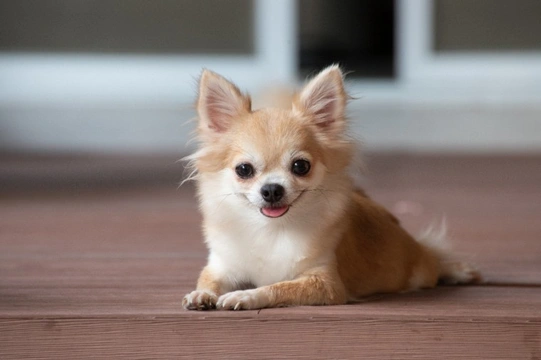
Why are some brachycephalic dog breeds so popular?
Brachycephalic dog breeds like the French bulldog, Pug and Chihuahua are hugely popular in the UK; and in fact those three breeds are the three most popular breeds in the UK overall.
However, anyone who is knowledgeable about dogs or who is beginning to research such breeds with a view to potentially buying such a dog will quickly learn that such breeds have complex health, and overall, a higher propensity to developing health problems as a result of those very looks that make them so popular.
This is a really contentious subject and one that anyone just doing their research soon learns to handle carefully. Many owners and breeders of brachycephalics are very defensive about their choices, and some unscrupulous breeders even outright deny that breeding for exaggeration results in health problems at all.
This is the lynchpin of the whole matter; moderate dogs, those whose faces are not overly flat and that are not bred for other exaggerations like excessive wrinkling and musculature, are apt to be healthy brachycephalic dogs with few, if any, health issues. Those with exaggerations, on the other hand, which are more common in some brachycephalic breeds than others, are apt to suffer from a range of issues as a result.
Given this fact, what makes some brachycephalic breeds so popular despite the high level of health problems spread across such breeds? This article will attempt to tackle this question. Read on to learn more.
They look cute
First and most obviously, brachycephalic dog fans think they’re really cute! This is a serious case of beauty being in the eye of the beholder, because flat-faced dogs really do polarise opinions.
Removing for a second the risk of health issues, the first time people see a brachycephalic dog they tend to immediately be drawn to it, or dislike it and find it odd!
Clearly those that think it is cute are in the majority, given the popularity of flat-faced breeds.
The most popular brachycephalics are small
The most popular brachycephalic or flat faced dog breeds of all are those at the smaller end of the scale, which also gives them advantages over larger dogs when it comes to finding homes and demand for them.
Smaller dogs are viable pets for more people, including those with urban or very small homes, and they’re also easier to handle and control, and of course, portable!
They get a lot of exposure in the media, supporting the hype
Flat-faced dog breeds are all over the place, both literally and in the media. Home décor products, marketing gimmicks and anything else you can think of that needs a mascot, logo, pattern or other imagery can be found sporting the faces of popular flat-faced dogs like French bulldogs and pugs.
The more exposure they get, the more popular they become as a result.
They tend to be relatively unchallenging to exercise
Most brachycephalic breeds that are really popular are also as mentioned small, and none of them are towards the top of the scale in terms of how challenging it is to provide them with enough exercise.
Not everyone wants a dog that needs to be walked for hours or that is hugely energetic, which means many flat-faced breeds are a good match for such a lifestyle.
There are lots of them around
Much as is the case in terms of how media exposure of flat-faced dogs raises their profile, so too does the sheer number of them out and about in the streets, and this tends to have something of a snowball effect. People are more likely to become familiar with and start to like and learn about dogs they commonly see around than they are those that are never if rarely seen in the flesh.
They tend to have short, low maintenance coats that don’t need brushing
Most flat-faced dog breeds that are in great demand – but not all of them (like the Shih Tzu, which is the exact opposite) have short, single layered coats. Coats of this type are low maintenance and don’t need regular brushing.
However, this does not make the care of such dogs low maintenance per se. Ignore issues like skin folds, tail pockets, and wrinkling and their respective care requirements at your peril!
Some buyers think they can breed from their pet and make a profit
Flat-faced dog breeds are in great demand and also comparatively expensive to buy compared to other breeds. This means that some people looking for a pet think they can then breed from this pet and make a profit, and most such people don’t do enough research first, as breeding from a flat-faced dog is more likely to cost you money than make you money!
For most popular flat-faced breeds, they need caesarean delivery, often need help with mating, tend to have small litters, and may have complex health. Add this to the other costs of breeding and raising a litter to sale age, like vaccinations, microchipping and vet checks, and the average hobbyist who thinks they’ll profit from buying a flat-faced dog to have a litter from them soon finds themselves having made an expensive mistake.
Too many buyers of brachycephalic dogs don’t do enough research and get the facts
Finally, the initial question we asked in this article is “what makes some flat-faced dog so popular despite their propensity to health problems,” and perhaps the most meaningful standalone answer to this question is that all too many buyers just don’t know about those health problems when they buy.
Not all brachycephalic dogs have health problems, but far too many buyers don’t do enough research first, and so don’t know that such problems are common and vitally, how to pick a dog that is a healthy, moderate example of the type.



